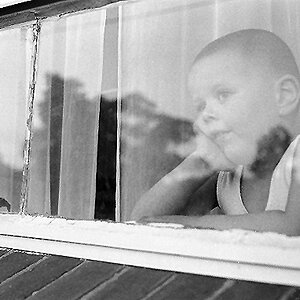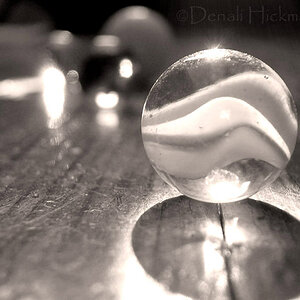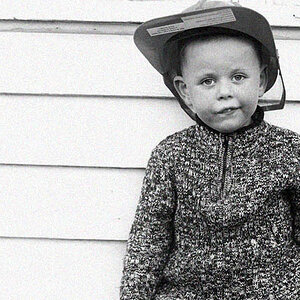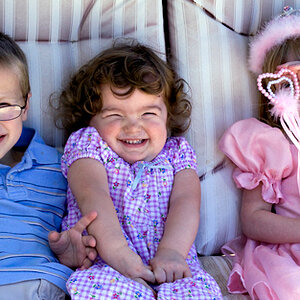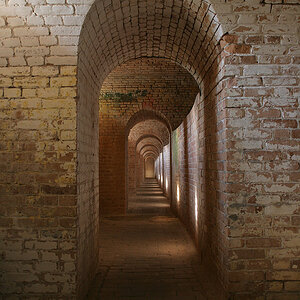Grandpa Ron
Been spending a lot of time on here!
- Joined
- Aug 9, 2018
- Messages
- 1,155
- Reaction score
- 700
- Can others edit my Photos
- Photos OK to edit
I am trying do some contact printing with my 4x5 view camera and an old Kodak contact printer.
The paper developer says 1-2 minutes at 68 degrees. This time of year I am lucky to get the house cooled to 74 degrees.
I have lots of information on temp vs. time for film development, but where do I find information on the temp vs. time for paper.
I am using grade 3 paper, I starts with 68@ water/developer mix but even with an ice cube in the tray, the lowest temp I can maintain is about 72 -74 degrees. I want a bit of contrast so I bought grade 3 but the prints have far more contrast that expected.
This is the classic bathroom set up, nothing permanent.
The paper developer says 1-2 minutes at 68 degrees. This time of year I am lucky to get the house cooled to 74 degrees.
I have lots of information on temp vs. time for film development, but where do I find information on the temp vs. time for paper.
I am using grade 3 paper, I starts with 68@ water/developer mix but even with an ice cube in the tray, the lowest temp I can maintain is about 72 -74 degrees. I want a bit of contrast so I bought grade 3 but the prints have far more contrast that expected.
This is the classic bathroom set up, nothing permanent.


![[No title]](/data/xfmg/thumbnail/42/42492-60144191c917c21139f8acd72f6ba090.jpg?1619740197)
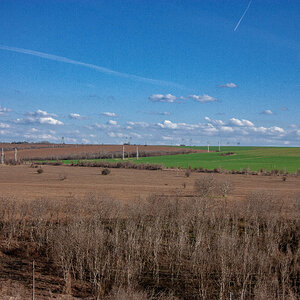
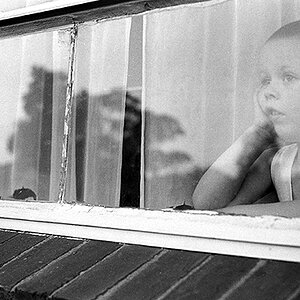
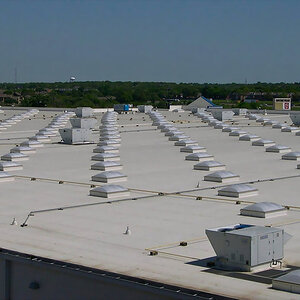
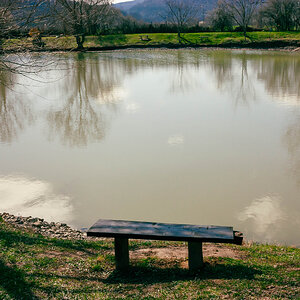
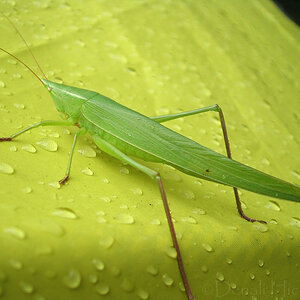
![[No title]](/data/xfmg/thumbnail/37/37605-90c8efaef5b7d1f52d4bf8e7dfd33673.jpg?1619738148)
